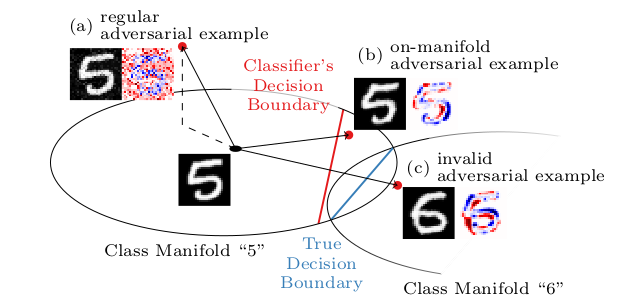
Adversarial Robustness Training (ART) is a technique in the field of artificial intelligence (AI) that aims to improve the robustness of machine learning models against adversarial attacks. Adversarial attacks refer to the deliberate manipulation of input data to fool a machine learning model into making incorrect predictions or classifications. These attacks can have serious consequences, such as causing autonomous vehicles to misinterpret road signs or leading to misclassification of medical images.
The goal of ART is to enhance the resilience of machine learning models by training them on adversarial examples, which are specifically crafted to deceive the model. By exposing the model to these adversarial examples during training, it learns to recognize and defend against them, ultimately improving its ability to make accurate predictions in the presence of such attacks.
There are several approaches to implementing ART, with the most common being the inclusion of adversarial examples in the training data set. This can be done by generating adversarial examples using techniques such as the Fast Gradient Sign Method (FGSM) or the Projected Gradient Descent (PGD) algorithm, and then adding them to the training data alongside the original examples. The model is then trained on this augmented data set, learning to distinguish between legitimate and adversarial examples.
Another approach to ART is to incorporate adversarial training directly into the model architecture. This can be done by adding a regularization term to the loss function that penalizes the model for making incorrect predictions on adversarial examples. By optimizing the model to minimize this augmented loss function, it learns to be more robust against adversarial attacks.
In addition to training on adversarial examples, ART also involves evaluating the robustness of a model against such attacks. This can be done by measuring the model’s accuracy on a separate set of adversarial examples, or by calculating metrics such as the adversarial robustness score. These evaluations help researchers and practitioners assess the effectiveness of their ART techniques and identify areas for improvement.
Overall, Adversarial Robustness Training is a critical component of building secure and reliable AI systems. By enhancing the resilience of machine learning models against adversarial attacks, ART helps to ensure that these systems can perform accurately and reliably in real-world scenarios. As the field of AI continues to advance, the development and implementation of robust and secure machine learning models will be essential for building trust and confidence in AI technologies.
1. Improved security: Adversarial Robustness Training helps improve the security of AI systems by making them more resilient to attacks and manipulation.
2. Enhanced performance: By training AI models to be robust against adversarial attacks, their overall performance and accuracy can be improved.
3. Increased trust: Adversarial Robustness Training can help increase trust in AI systems by ensuring that they are less susceptible to malicious attacks.
4. Ethical considerations: Ensuring that AI systems are robust against adversarial attacks can help address ethical concerns related to the potential misuse of AI technology.
5. Regulatory compliance: Adversarial Robustness Training may be necessary to comply with regulations and standards related to the security and reliability of AI systems.
1. Image recognition and classification
2. Natural language processing
3. Speech recognition
4. Autonomous vehicles
5. Fraud detection in financial transactions
6. Cybersecurity
7. Healthcare diagnostics
8. Malware detection
9. Sentiment analysis in social media
10. Recommendation systems
There are no results matching your search.
ResetThere are no results matching your search.
Reset